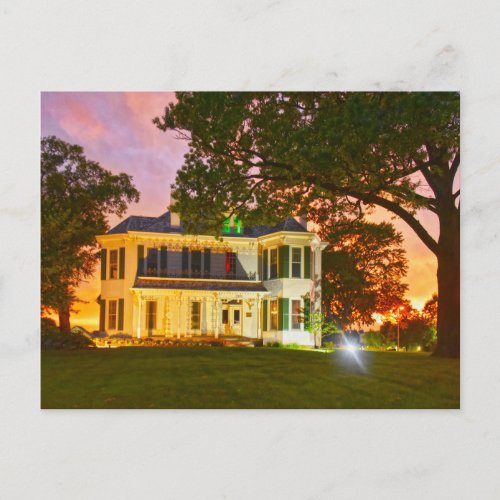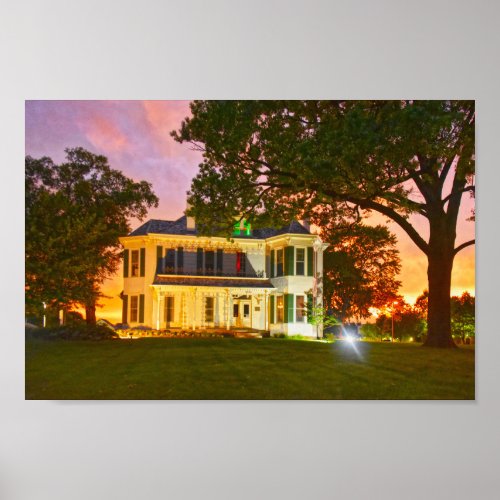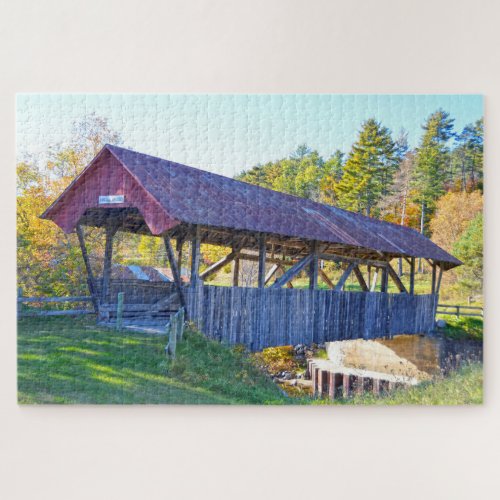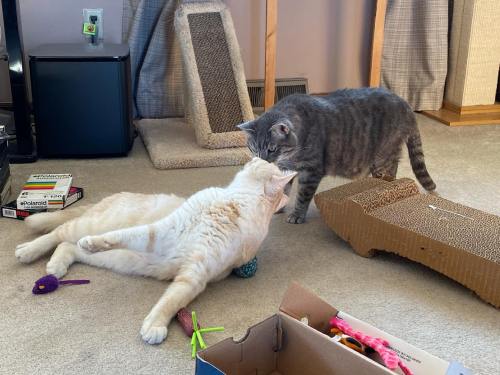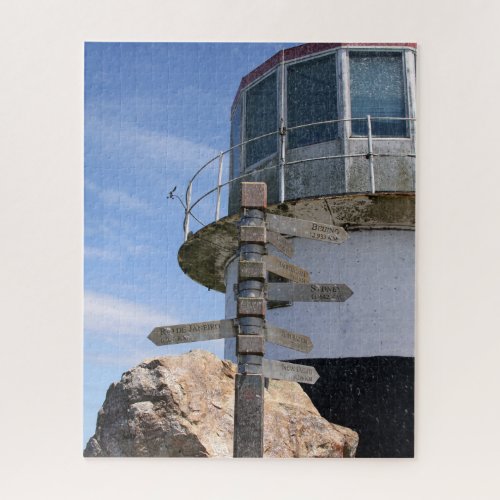
Martin City, Missouri, features its train traffic as part of its charm. In the upper right is a photograph of a modern Union Pacific freight train engine which roared through Martin City on Aug. 11, 2021. Soon after, Big Boy No. 4014 (center photo) followed. In the lower right photograph, Big Boy is shown when it paused for a few minutes after it passed the Martin City intersection.
Big Boy No. 4014 Locomotive steamed into Martin City, Missouri, on its 2021 summer tour of the Union Pacific Railroad network. Martin City is part of Kansas City.
I felt an exciting big rush as this huge engine roared past me on Wednesday, Aug. 11, 2021. I saw this same engine in November 2019 in Lawrence, Kansas.
Twenty-five Big Boys were built exclusively for Union Pacific Railroad, the first of which was delivered in 1941. The locomotives were 132 feet long and weighed 1.2 million pounds. Because of their great length, the frames of the Big Boys were “hinged,” or articulated, to allow them to negotiate curves. They had a 4-8-8-4 wheel arrangement, which meant they had four wheels on the leading set of “pilot” wheels which guided the engine, eight drivers, another set of eight drivers, and four wheels following which supported the rear of the locomotive. The massive engines normally operated between Ogden, Utah, and Cheyenne, Wyoming.
Big Boy No. 4014 was delivered to Union Pacific in December 1941. The locomotive was retired in December 1961, having traveled 1,031,205 miles in its 20 years in service. Union Pacific reacquired No. 4014 from the Rail Giants Museum in Pomona, California, in 2013, and relocated it back to Cheyenne to begin a multi-year restoration process. It returned to service in May 2019 to celebrate the 150th Anniversary of the Transcontinental Railroad’s Completion.
Big Boy No. 4014 departed Cheyenne, Wyoming on Aug. 5, 2021, traveling through Arkansas, Colorado, Kansas, Illinois, Louisiana, Missouri, Nebraska, Oklahoma, Texas and Wyoming. Along the way, the Big Boy will be on display in the following cities during the tour:
Saturday, Aug. 14: Fort Worth, Texas
Tuesday, Aug. 17: Houston, Texas
Saturday, Aug. 21: New Orleans, Louisiana
Sunday, Aug. 29: St. Louis, Missouri
Monday, Sept. 6: Denver, Colorado
It is scheduled to return to its home base in Cheyenne on September 7, 2021.
My blog post about Big Boy No. 4014’s visit to Lawrence, Kansas, in November 2019:
Union Pacific Big Boy 4014 Steam Locomotive Engine

Big Boy No. 4014 Steam Locomotive as it nears Martin City, Missouri.

Big Boy No. 4014 Steam Locomotive rounding the bend, heading toward Martin City, Missouri.




